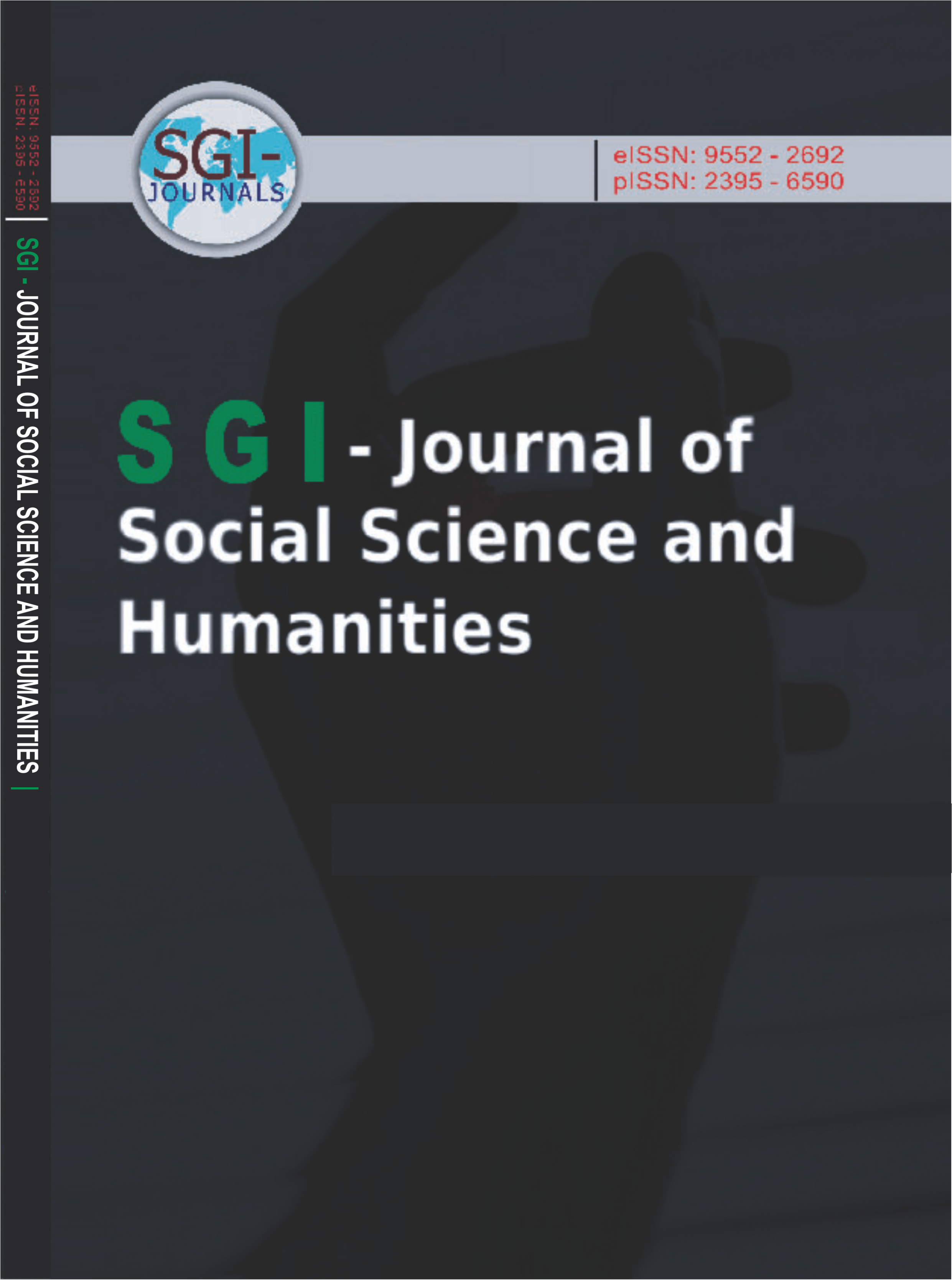SGI-JOURNAL OF SOCIAL SCIENCE AND HUMANITIES (SGI-JSSH)
WHY DOES KURTZ FASCINATE US?
E-ISSN: 9552-2692
P-ISSN: 2395-6590
DOI: https://iigdpublishers.com/article/709
This essay diverges from the majority of articles on Heart of Darkness in some important ways. First, Mordechai Gordon offers a literal interpretation of Conrad’s novella, one that maintains fidelity to the text itself rather than to his own feelings about the merits or deficiencies of this work. More importantly, the aim in this essay is not to analyze Conrad’s intentions in Heart of Darkness since the author’s true intentions are often hidden from the reader. Instead, Gordon’s goal is to explore the fascination that readers of Heart of Darkness seem to have with the literary character of Kurtz. In effect, this essay attempts to provide an answer to a simple question: what makes Kurtz so intriguing to readers of Conrad’s novella? Gordon argues that Kurtz possesses at least four characteristics that help make him so attractive to his readers: eloquent, charismatic, enigmatic, and hollow at the core.
Mordechai Gordon
Achebe, C. (2014). “An image of Africa: Racism in Conrad‟s Heart of Darkness.” Postcolonial criticism. Ed. Moore-Gilbert, Bart, Gareth Stanton, and Willy Maley, Routledge, 112- 125.
Armstrong, P. B. (1996). “Heart of Darkness and the Epistemology of Cultural Differences.” Under Postcolonial Eyes: Joseph Conrad After Empire. Ed. Gail Fincham and Myrtle Hooper. Rondebosch: University of Cape Town Press.
Conrad, J. (1966). “Heart of Darkness,” in Great Short Works of Joseph Conrad, New York: Harper & Row. Dahl, J. C. (1968). Kurtz, Marlow, Conrad and the Human Heart of Darkness. Studies in the Literary Imagination, 1(2), 33.
Golden, K. L. (1981). Joseph Conrad‟s Mr. Kurtz and “Jungian Enantiodromia,” Interpretations, 31-38.
Gordon, M. (1999). Arendt and Conrad on the banality of evil: Some implications for education. Journal of Thought, 34(2), 15-30.
